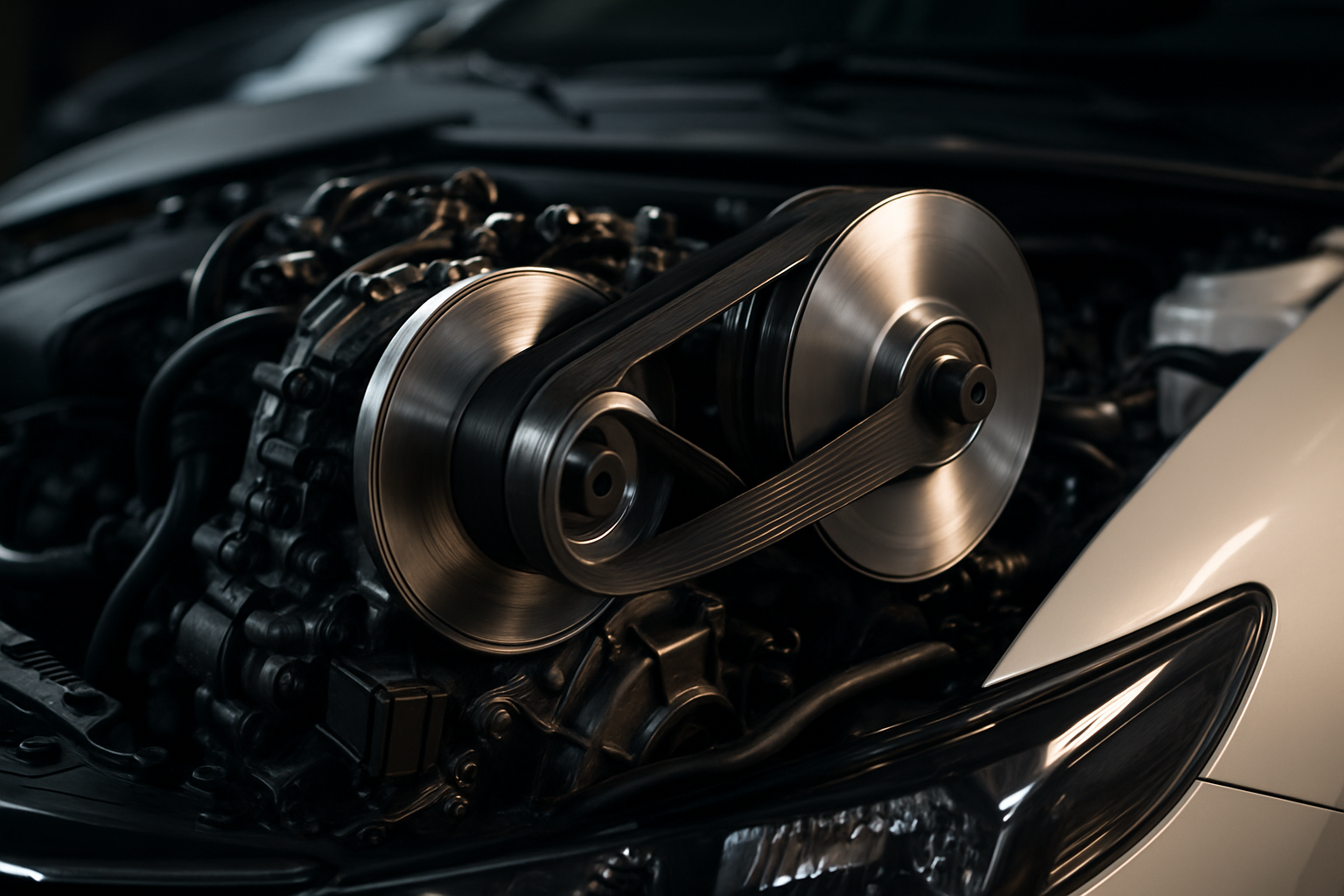Exhaust Gas Recirculation: Breathing New Life into Engine Efficiency
The world of automotive engineering is constantly evolving, with innovations aimed at improving performance, efficiency, and environmental impact. One such technology that has quietly revolutionized engine design is Exhaust Gas Recirculation (EGR). This sophisticated system, often overlooked by casual enthusiasts, plays a crucial role in modern combustion engines, reducing emissions and enhancing fuel economy. Let's dive into the intricate workings of EGR and explore how it's shaping the future of internal combustion engines.

The Science Behind EGR
At its core, EGR works by diluting the air-fuel mixture in the combustion chamber with inert exhaust gases. This dilution has several beneficial effects. Primarily, it lowers the peak combustion temperature, which is crucial for reducing the formation of nitrogen oxides (NOx) – a major pollutant and contributor to smog. The cooler combustion temperatures also help mitigate engine knock, allowing for more advanced ignition timing and improved efficiency.
EGR Systems: From Simple to Sophisticated
Early EGR systems were relatively simple, using vacuum-operated valves to control the flow of exhaust gases. However, as engine management systems became more advanced, so did EGR technology. Modern systems employ electronically controlled valves, coolers, and even low-pressure loops that can precisely meter the amount of recirculated exhaust based on engine load, speed, and other parameters.
The Impact on Performance and Efficiency
Contrary to what some performance enthusiasts might believe, a well-designed EGR system can actually enhance engine performance. By reducing knock tendency, EGR allows for higher compression ratios and more aggressive spark timing – both of which can boost power and efficiency. Additionally, the improved thermal efficiency translates to better fuel economy, a win-win for both drivers and the environment.
Challenges and Solutions in EGR Implementation
While EGR offers numerous benefits, it’s not without its challenges. Carbon buildup in the intake system has been a persistent issue, particularly in diesel engines. Engineers have tackled this problem with innovative solutions like EGR coolers and advanced filtration systems. Another challenge has been maintaining EGR effectiveness across a wide range of operating conditions – a hurdle that’s being overcome with increasingly sophisticated control algorithms and variable geometry turbochargers.
The Future of EGR Technology
As we look to the future, EGR continues to evolve. Researchers are exploring new ways to integrate EGR with other advanced engine technologies like variable compression ratio systems and ultra-lean burn combustion. There’s also growing interest in using EGR to enable more efficient engine downsizing without sacrificing performance.
EGR in the Age of Electrification
Even as electrification gains momentum, EGR remains relevant. In fact, it’s playing a crucial role in bridging the gap between conventional and electrified powertrains. In hybrid vehicles, for instance, EGR helps optimize the efficiency of the internal combustion engine, complementing the electric drive system for maximum overall efficiency.
Global Adoption and Regulatory Impact
The adoption of EGR technology has been driven not just by engineering innovation, but also by increasingly stringent emissions regulations worldwide. From Europe’s Euro 6 standards to China’s rapidly evolving emissions laws, EGR has become an indispensable tool for automakers to meet these challenging targets while maintaining performance and drivability.
In conclusion, Exhaust Gas Recirculation stands as a testament to the ingenuity of automotive engineers. It’s a technology that turns a potential waste product – exhaust gases – into a valuable resource for improving engine performance and reducing environmental impact. As we continue to push the boundaries of what’s possible with internal combustion engines, EGR will undoubtedly play a crucial role in squeezing every last drop of efficiency and cleanliness from this time-tested technology. The next time you start your car, take a moment to appreciate the complex dance of gases and controls happening under the hood – it’s automotive engineering at its finest.





